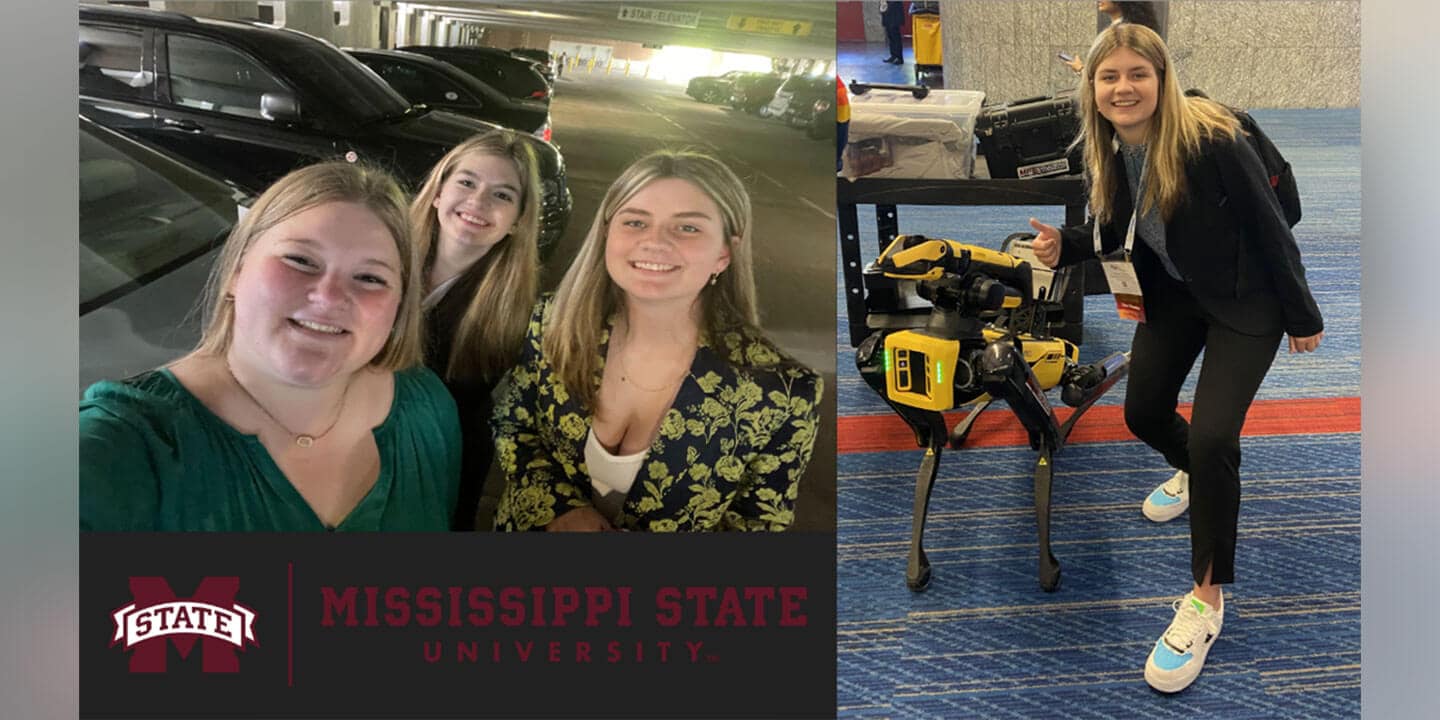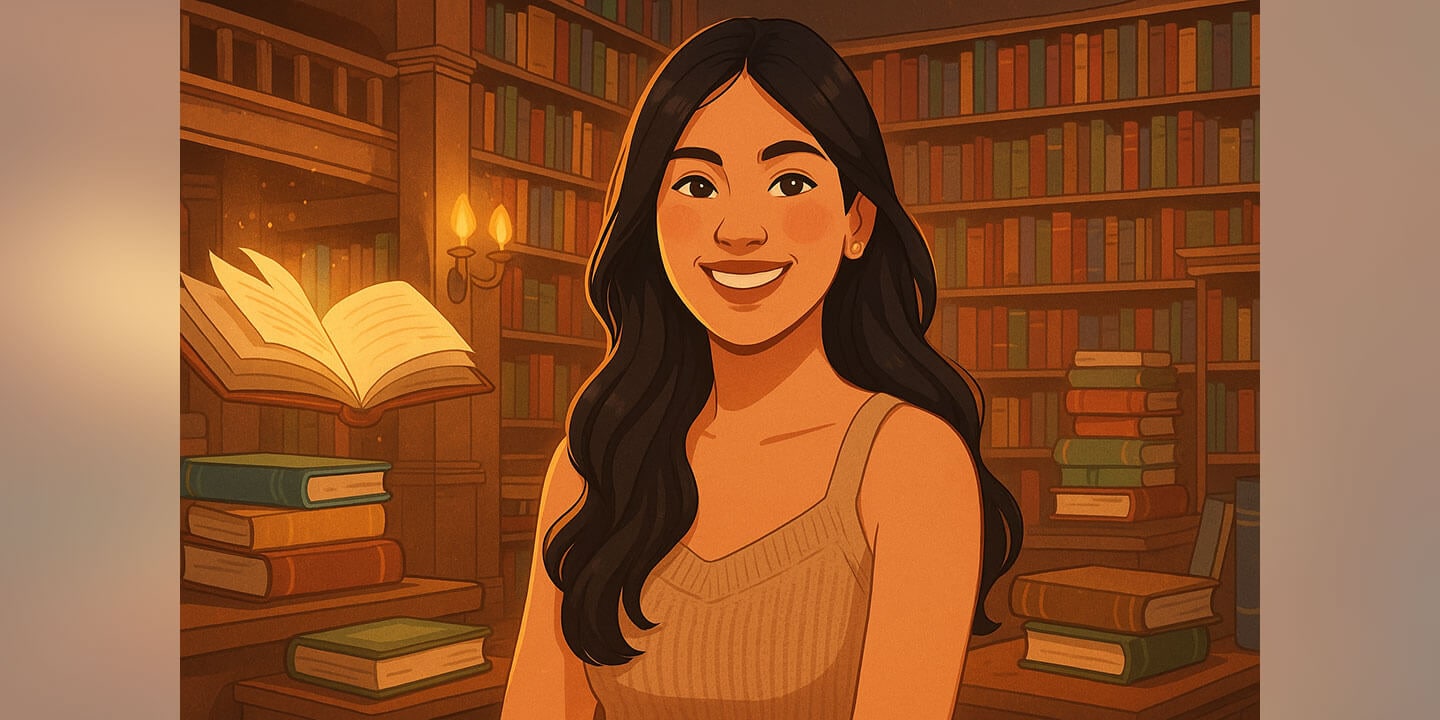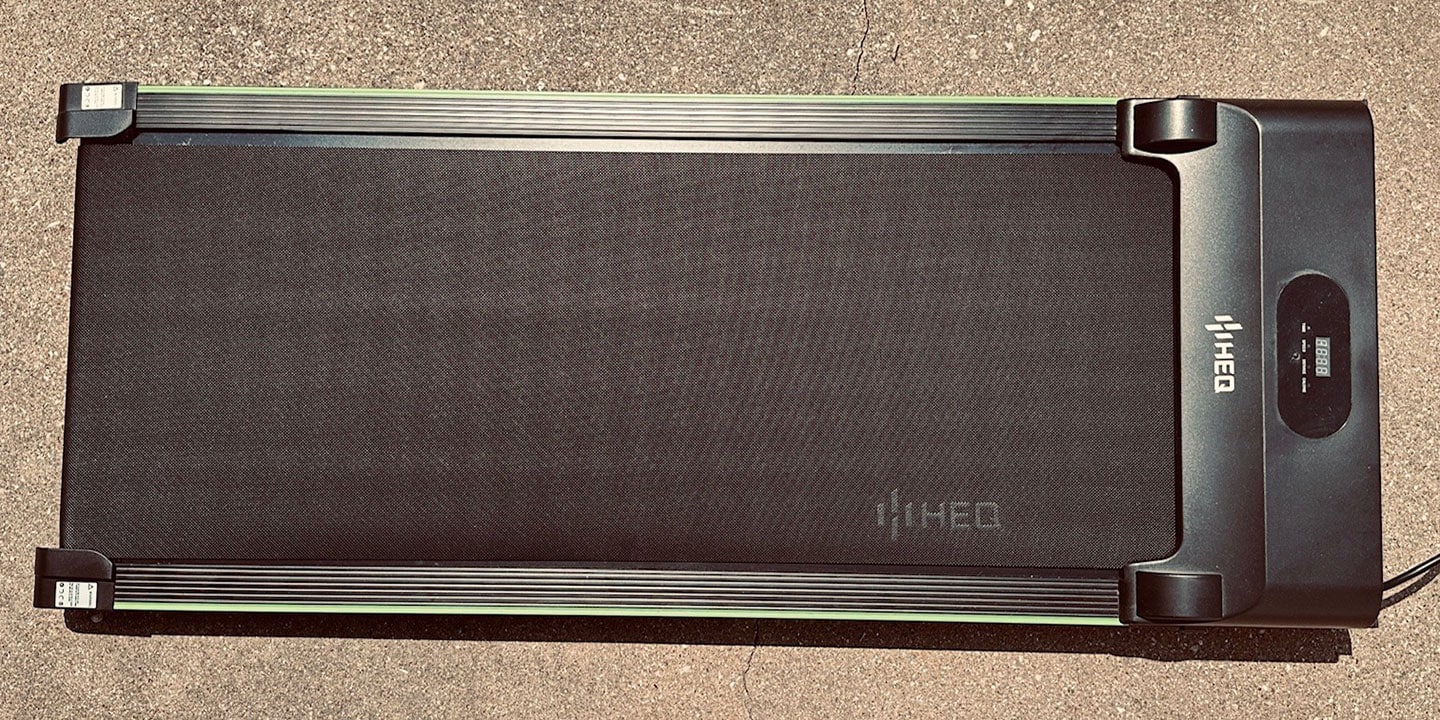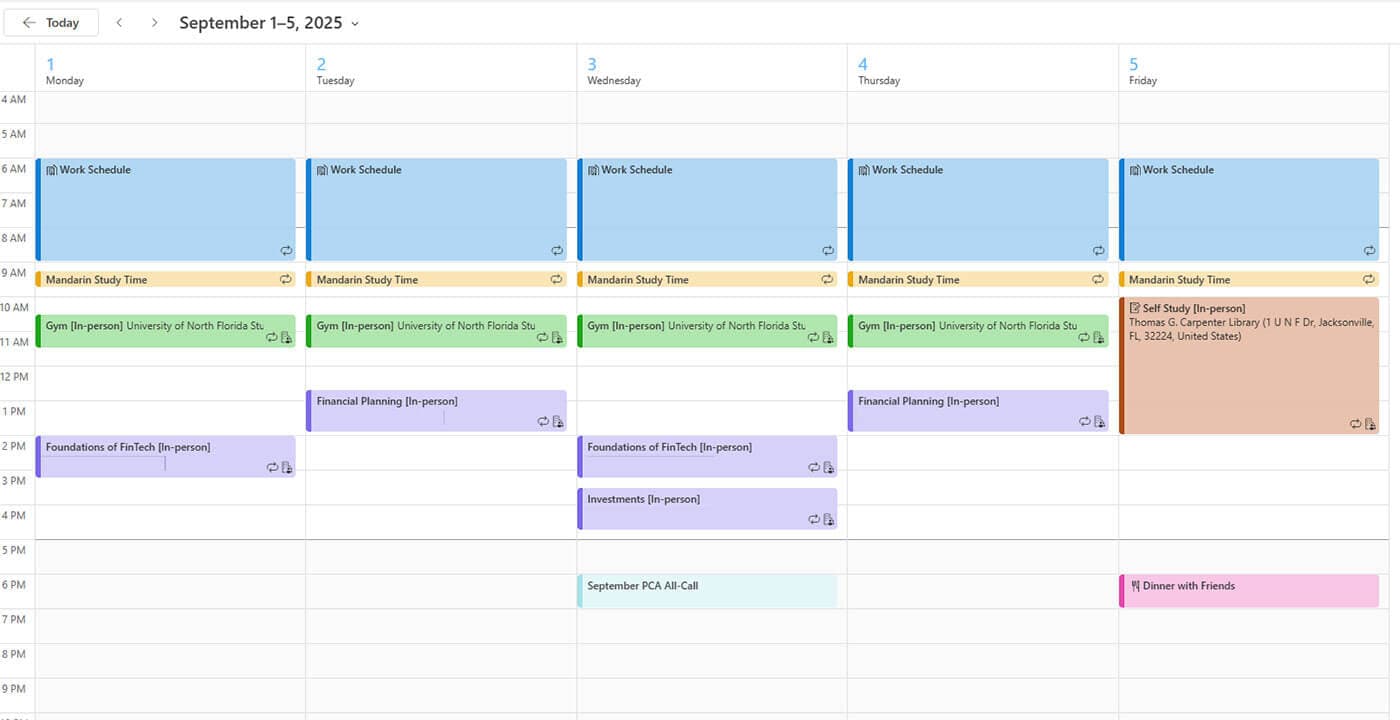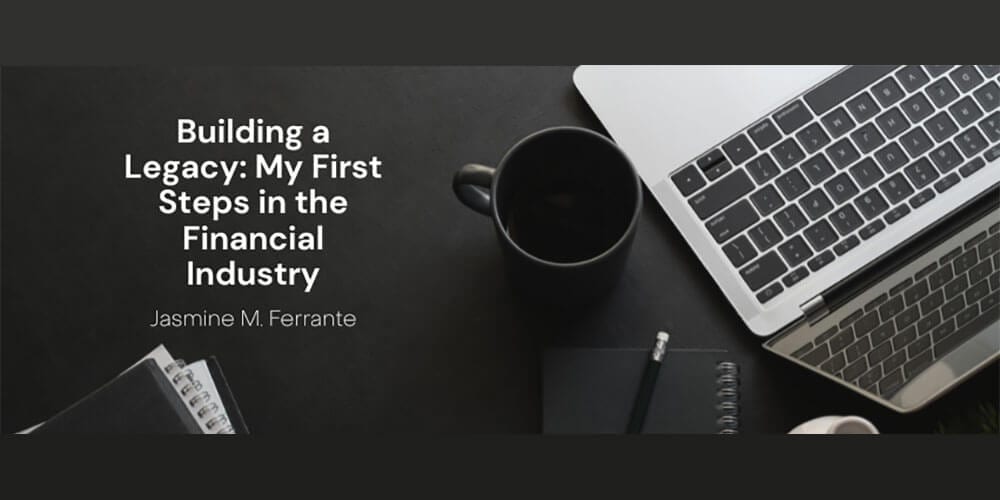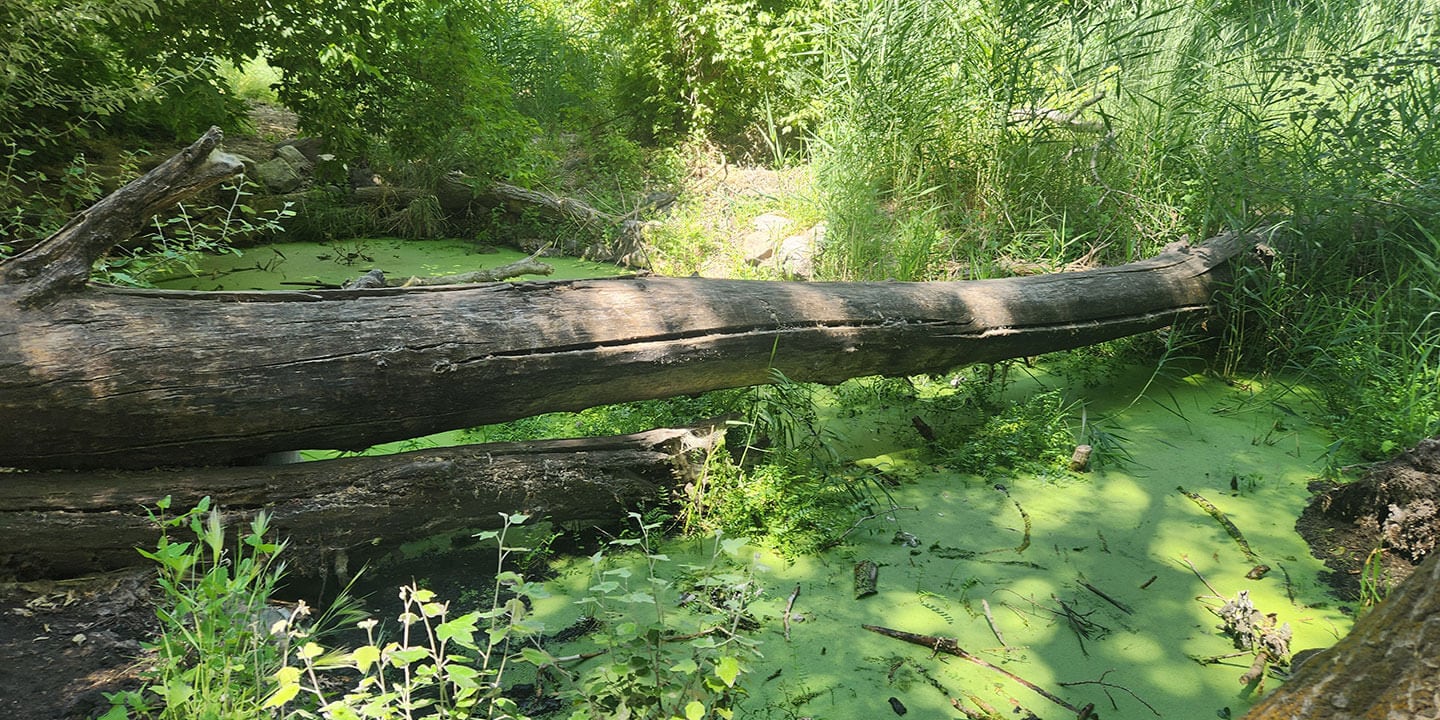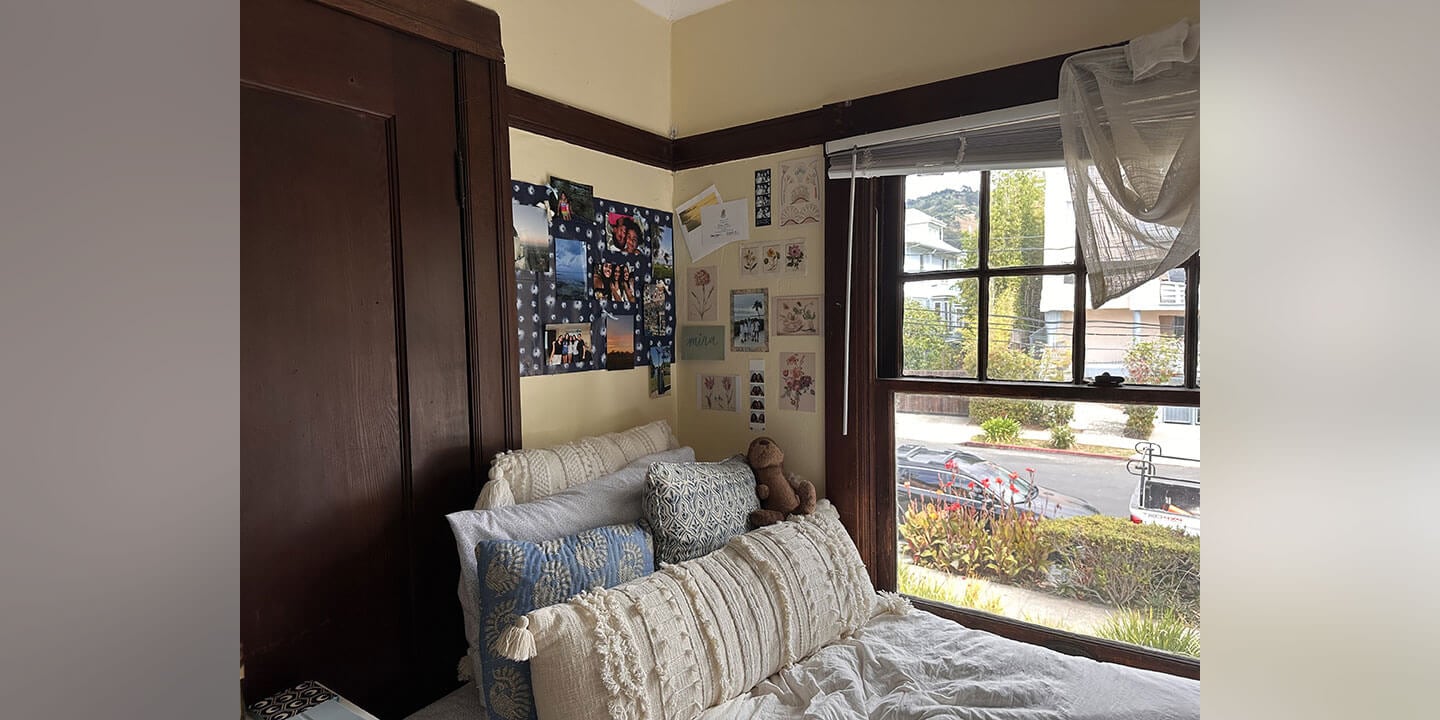
How to Transform Your College Space into a Homey Haven
Many college students find it difficult to leave the familiarity and comfort of their room at home for a blank slate at college. Your room at home feels safe and uniquely yours. In contrast, college accommodations often seem cold, bare, and impersonal.
However, creating a space you love is essential for staying positive and thriving in your new environment. By adding personal touches and customizing your space, you can make college life much more comfortable.
Bring things from home to combat homesickness
This is one of the easiest ways to make your space feel cozier and instantly more like home. When you move away for college, bring special items that remind you of home to spruce up your new place. This could include beloved objects like a favorite coffee mug, a signed poster, or an accent rug. Surrounding yourself with familiar items can help you feel more at ease in an unfamiliar environment.
Decorate with pictures and mementos for instant comfort
Gather your favorite pictures and photos and print them out at a local pharmacy or photo center. Then, display them in attractive frames or arrange them in a collage on your wall. Seeing familiar faces (whether they be family, friends, or pets) is always a wonderful mood booster and an instant source of comfort.
Soften the lighting to brighten your mood
Good lighting can completely transform a space. Adding a decorative lamp or a sweet-smelling candle can give a room an entirely new feel. A quick solution for a new dorm or apartment is a string of battery-powered fairy lights, which are easy to hang and turn on and off.
Replacing harsh overhead lighting with softer, ambient options can instantly make your room feel cozier and more relaxing. You’ll notice the difference right away.
Get crafty to create custom decor
Engaging in a little arts and crafts can be a fun way to create a decorative piece that you’re proud of! Do this alone for some relaxation and stress relief or with friends for a fun bonding activity.
Some project ideas include creating a felt pennant with your school name, knitting a cozy throw, or making a DIY picture frame. If crafting isn’t your strong suit (like me!), opt for an easier project. For example, you can press flowers or colorful leaves and display them as unique wall decorations or drink coasters.
Prioritize décor to ease your college transition
Transforming your new space into one that’s truly yours is one of the best things you can do for yourself during the college transition. Whether you bring a favorite blanket from home, create a photo collage, or add cozy lights, each personal touch makes a big difference.
It’s about more than just making your room look good. It’s about creating a personal sanctuary where you can relax, recharge, and become accustomed to college life.
Do you have a compelling story or student success tips you’d like to see published on the Pearson Students blog? If you are a college student and interested in writing for us – click here to pitch your idea and get started!
